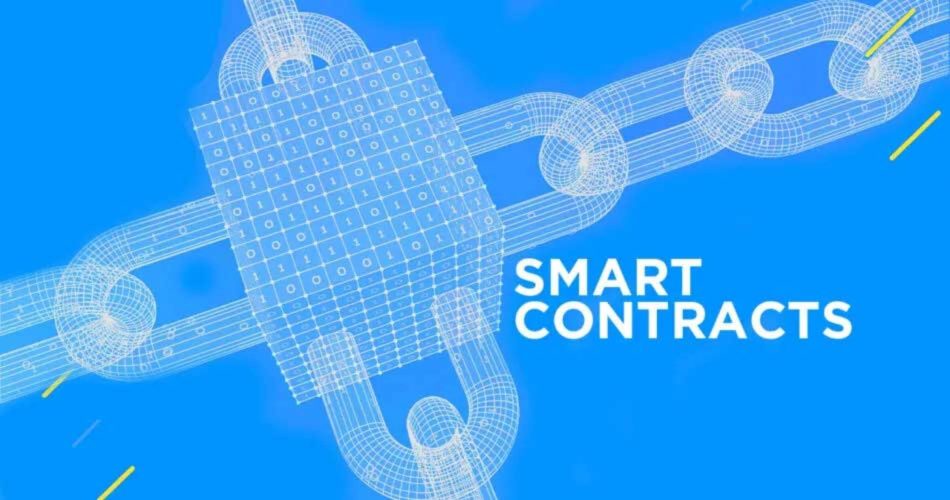As the blockchain ecosystem continues to expand and evolve, the role of smart contracts becomes increasingly vital in enabling decentralized applications and services. One blockchain network that is paving the way for the future of smart contracts is Polkadot. With its unique architecture and interoperability features, Polkadot is poised to revolutionize the way smart contracts are deployed and executed. In this article, we will explore the future of smart contracts on the Polkadot network, highlighting the benefits, challenges, and potential solutions that come with this innovative technology.
Polkadot’s Role in the Evolution of Smart Contracts
Polkadot, founded by Ethereum co-founder Dr. Gavin Wood, is a multi-chain blockchain platform that enables different blockchains to transfer messages and value in a secure and trustless manner. The interoperability aspect of Polkadot allows different blockchains and networks to communicate with each other, making it an ideal platform for deploying and executing smart contracts. By connecting various blockchains, Polkadot enhances the scalability and flexibility of smart contracts, enabling developers to create more advanced and complex decentralized applications.
Benefits of Smart Contracts on the Polkadot Network
- Interoperability: Polkadot’s ability to connect different blockchains allows for seamless communication between various decentralized applications, enhancing the overall efficiency and functionality of smart contracts.
- Scalability: With its unique sharding design, Polkadot can process a high volume of transactions in parallel, making it a highly scalable platform for deploying smart contracts.
- Security: Polkadot’s shared security model and consensus mechanism ensure the integrity and trustworthiness of smart contract execution, reducing the risk of hacks and vulnerabilities.
Challenges and Potential Solutions for Smart Contracts
While smart contracts offer many benefits, they also come with their own set of challenges. Some of the key challenges facing smart contracts on the Polkadot network include scalability limitations, security vulnerabilities, and regulatory compliance issues. To address these challenges, developers are exploring solutions such as layer 2 scaling solutions, formal verification techniques, and compliance frameworks to enhance the functionality and security of smart contracts on Polkadot.
Future Developments in Smart Contract Technology
The future of smart contracts on the Polkadot network looks promising, with ongoing developments in areas such as scalability, security, and interoperability. Projects like Moonbeam are working on bringing Ethereum-compatible smart contracts to Polkadot, further expanding the capabilities of the platform. Additionally, advancements in techniques like zero-knowledge proofs and secure multi-party computation hold promise for enhancing the privacy and security of smart contracts on Polkadot.
Integration of Polkadot Ecosystem with Smart Contracts
The integration of the Polkadot ecosystem with smart contracts opens up new opportunities for developers to create innovative decentralized applications and services. By leveraging the unique features of Polkadot, such as its interoperability and scalability, developers can build more advanced and robust smart contract applications that cater to a wide range of use cases. The seamless integration of Polkadot with smart contracts also paves the way for cross-chain functionalities and enhanced collaboration between different blockchain networks.

Impact of Smart Contracts on the Future of Decentralized Finance
Smart contracts play a crucial role in the future of decentralized finance (DeFi), enabling the automation and execution of complex financial transactions without the need for intermediaries. On the Polkadot network, smart contracts can unlock new possibilities for DeFi applications, such as decentralized exchanges, lending platforms, and asset management services. By leveraging the benefits of smart contracts on Polkadot, DeFi projects can enhance transparency, security, and accessibility for users, ushering in a new era of decentralized financial services.
Comparison Table: Polkadot vs. Other Blockchain Platforms
| Feature | Polkadot | Other Platforms |
|---|---|---|
| Interoperability | Enables seamless communication between blockchains | Limited interoperability between different chains |
| Scalability | Sharded architecture for parallel processing | Limited throughput and scalability |
| Governance | Efficient governance model for network upgrades | Hierarchical governance structures |
In conclusion, the future of smart contracts on Polkadot looks promising, with the platform’s advanced features and interoperable network paving the way for a more connected and efficient decentralized ecosystem. As blockchain technology continues to evolve, Polkadot is set to play a significant role in shaping the future of smart contracts and revolutionizing the way we transact and interact in the digital space.
In conclusion, smart contracts are set to revolutionize the way we interact with blockchain technology, and Polkadot’s unique features and interoperability make it an ideal platform for the future of smart contracts. With ongoing developments in scalability, security, and interoperability, the potential for smart contracts on Polkadot is limitless. As we look ahead to the future of decentralized applications and services, smart contracts on Polkadot will continue to play a pivotal role in shaping the landscape of blockchain technology.

I think security on Polkadot is a big advantage for smart contracts.
I didn’t know Polkadot could help make DeFi projects better with smart contracts.
Polkadot could change decentralized finance with better smart contracts.
Sharding on Polkadot makes handling many transactions easy. Good for scalability.